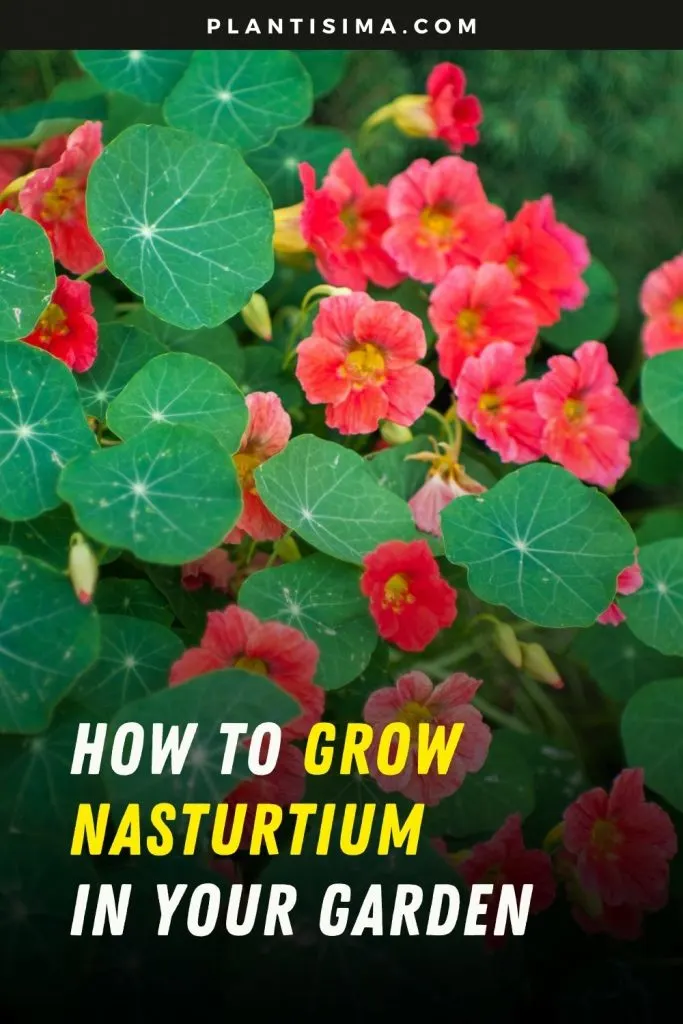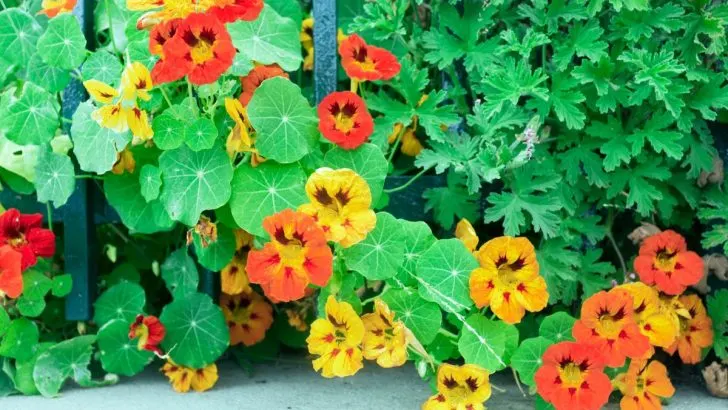Nasturtium, known by its botanical name Tropaeolum majus, is more than just a splash of color for your garden – it’s a powerhouse plant that can enrich your gardening experience and elevate your culinary creations.
With its vibrant blossoms and uniquely shaped leaves, nasturtium is a joy to grow, easy to maintain, and deliciously edible from root to tip.
Whether you’re a seasoned green thumb or just starting your gardening journey, nasturtium is the versatile companion you never knew you needed.
Why Every Gardener Should Grow Nasturtium
Nasturtiums bring more than beauty to your garden. Their bright, cheerful blooms do double duty, acting as natural pest deterrents by attracting beneficial insects that fend off harmful pests.
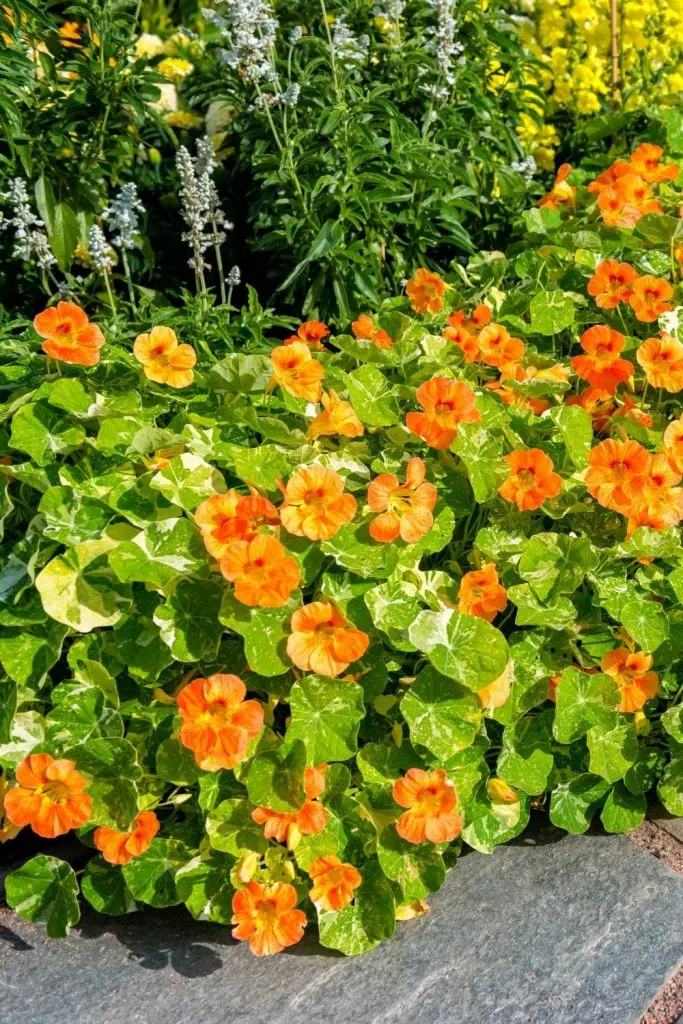
They also serve as ground cover, suppressing weeds and keeping your garden tidy with minimal effort. Planted alongside vegetables like tomatoes or cucumbers, nasturtium improves their overall growth and health.
Packed with Nutrients and Health Benefits
While nasturtium may charm you with its appearance, it packs a serious nutritional punch. Loaded with Vitamin C, it boosts your immune system while also providing beneficial compounds like lutein and beta-carotene that support eye health.
Moreover, nasturtium boasts antibacterial and anti-inflammatory properties, making it a smart addition to any wellness-focused diet.
Growing Nasturtium: A Garden Beginner’s Dream
Planting nasturtium couldn’t be simpler. Sow seeds directly into the ground after the last frost for best results, or start them indoors a few weeks early for a jumpstart on the growing season.
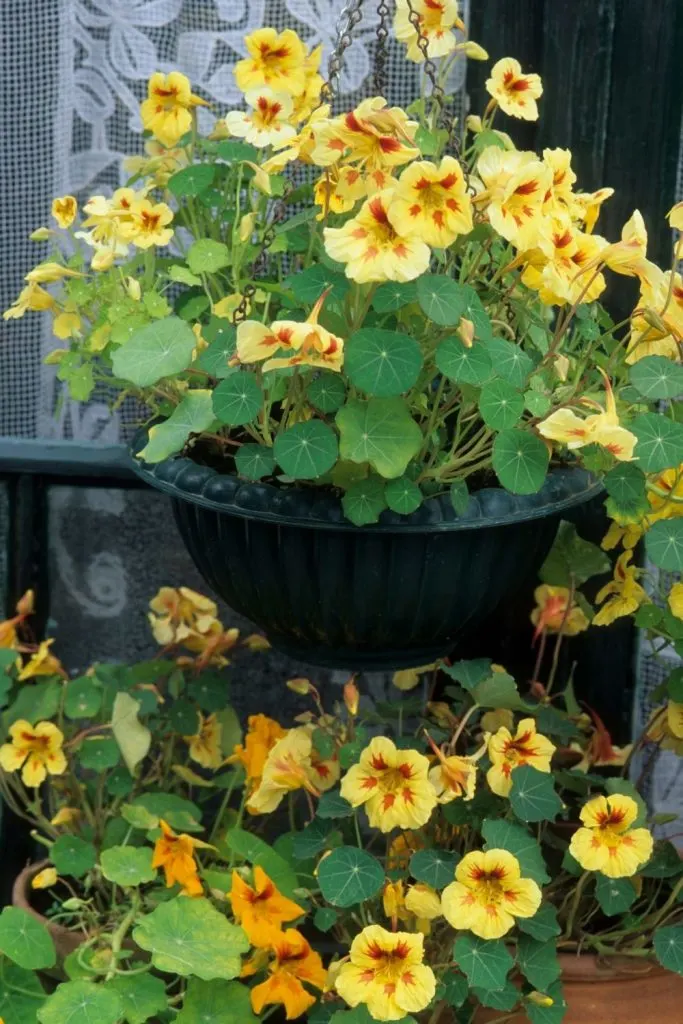
All you need is a sunny spot and well-drained soil to get started. With minimal fuss, you’ll have a thriving bed of these beauties in no time.
1. Ideal Planting Conditions
Choose a location that receives at least 6 hours of sunlight each day and ensure the soil drains well. For added success, space your seeds about 10-12 inches apart and cover them lightly with soil. Before you know it, your garden will burst into color.
2. Effortless Care for Maximum Blooms
Nasturtium prefers less-than-perfect soil and minimal fertilizer, making it one of the easiest plants to grow. Water them moderately, and if you want continuous blooms, regularly deadhead the faded flowers. This will encourage the plant to keep producing those vibrant, peppery blossoms.
Creative Ways to Use Nasturtium in the Kitchen
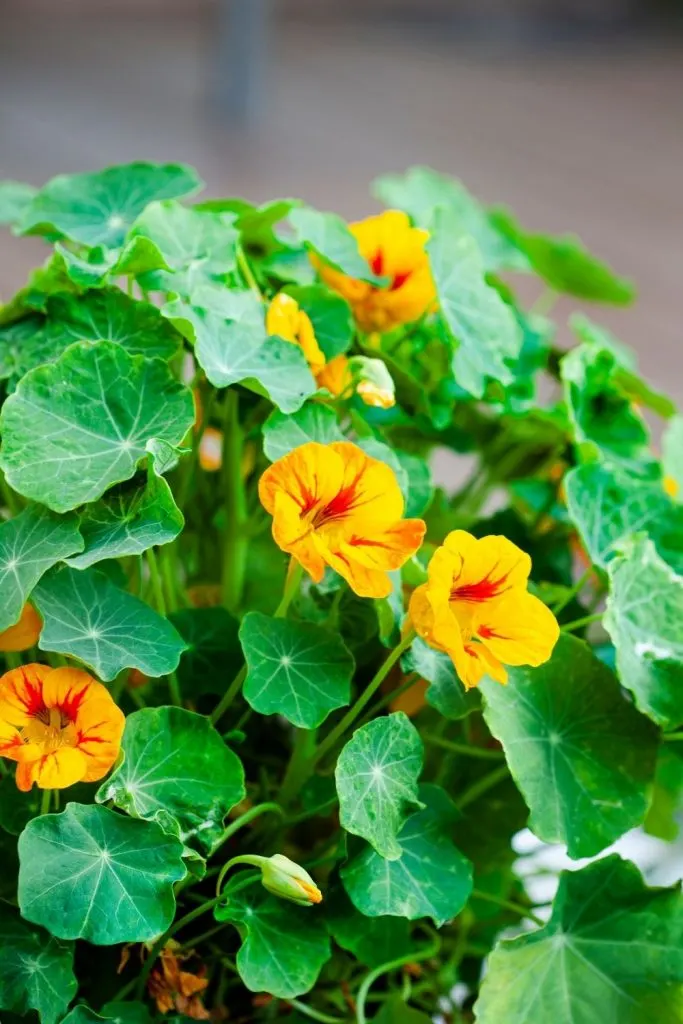
Nasturtiums aren’t just a treat for the eyes—they’re a delight for the taste buds, too. Every part of this plant is edible, from its peppery leaves to its bright flowers.
Add the leaves to salads for a punch of spice or use the blossoms as an eye-catching garnish. Pickling the seeds, known as “poor man’s capers,” adds a unique twist to traditional recipes.
• Nasturtium Pesto: Swap out basil for nasturtium leaves in your favorite pesto recipe. Blend with olive oil, garlic, pine nuts, and Parmesan for a fresh, peppery flavor.
• Floral Garnishes: Elevate your dishes by adding nasturtium flowers to salads, sandwiches, or even desserts. The bright colors add an element of surprise to any plate.
• Pickled Seeds: Preserve nasturtium seeds by pickling them in vinegar and spices for a budget-friendly, homemade alternative to capers.
Harvesting and Storing Your Nasturtium

Harvesting nasturtium is as enjoyable as growing it. Simply pick the leaves and flowers whenever needed, ideally in the morning when they’re freshest.
Seeds should be harvested once they’ve developed and turned green, and they can be pickled for long-term storage. Fresh parts of the plant can be refrigerated for up to a week, and pickled seeds can last for months.
Bring Color, Flavor, and Benefits to Your Garden
Incorporating nasturtium into your garden is more than just a choice for beauty – it’s a step towards sustainability and flavor.
This plant not only brightens up your outdoor space but also brings practical culinary and health benefits.
So, if you’re looking to add a vibrant, low-maintenance plant with endless uses, nasturtium is your perfect match. Start growing today and let nasturtium transform your garden and kitchen.
